Tag: Knoxville TN
Wikipedia says: Knoxville is a city in and the county seat of Knox County in the U.S. state of Tennessee.
First settled in 1786, Knoxville was the first capital of Tennessee. The city struggled with geographic isolation throughout the early 19th century. The arrival of the railroad in 1855 led to an economic boom. During the American Civil War, the city was bitterly divided over the secession issue and was occupied alternately by Confederate and Union armies. Following the war, Knoxville grew rapidly as a major wholesaling and manufacturing center.
American Civil War
Anti-slavery and anti-secession sentiment ran high in East Tennessee in the years leading up to the American Civil War. William “Parson” Brownlow, the radical publisher of the Knoxville Whig, was one of the region’s leading anti-secessionists (although he strongly defended the practice of slavery). Blount County, just south of Knoxville, had developed into a center of abolitionist activity, due in part to its relatively large Quaker faction and the anti-slavery president of Maryville College, Isaac Anderson. The Greater Warner Tabernacle AME Zion Church, Knoxville was reportedly a station on the underground railroad.
Business interests, however, guided largely by Knoxville’s trade connections with cotton-growing centers to the south, contributed to the development of a strong pro-secession movement within the city. The city’s pro-secessionists included among their ranks Dr. J.G.M. Ramsey, a prominent historian whose father had built the Ramsey House in 1797.
Thus, while East Tennessee and greater Knox County voted decisively against secession in 1861, the city of Knoxville favored secession by a 2-1 margin. In late May 1861, just before the secession vote, delegates of the East Tennessee Convention met at Temperance Hall in Knoxville in hopes of keeping Tennessee in the Union. After Tennessee voted to secede in June, the convention met in Greeneville and attempted to create a separate Union-aligned state in East Tennessee.
In July 1861, after Tennessee had joined the Confederacy, General Felix Zollicoffer arrived in Knoxville as commander of the District of East Tennessee. While initially lenient toward the city’s Union sympathizers, Zollicoffer instituted martial law in November, after pro-Union guerrillas burned seven of the city’s bridges. The command of the district passed briefly to George Crittenden and then to Kirby Smith, who launched an unsuccessful invasion of Kentucky in August 1862. In early 1863, General Simon Buckner took command of Confederate forces in Knoxville. Anticipating a Union invasion, Buckner fortified Fort Loudon (in West Knoxville, not to be confused with the colonial fort to the southwest) and began constructing earthworks throughout the city. However, the approach of stronger Union forces under Ambrose Burnside in the summer of 1863 forced Buckner to evacuate Knoxville before the earthworks were completed.
Burnside arrived in early September 1863. Like the Confederates, he immediately began fortifying the city. The Union forces rebuilt Fort Loudon and erected 12 other forts and batteries flanked by entrenchments around the city. Burnside moved a pontoon bridge upstream from Loudon, allowing Union forces to cross the river and build a series of forts along the heights of South Knoxville, including Fort Stanley and Fort Dickerson.
As Burnside was fortifying Knoxville, the Confederate army defeated the Union forces at the Battle of Chickamauga (near the Tennessee-Georgia line) and laid siege to Chattanooga. On November 3, 1863, the Confederates sent General James Longstreet to attack Burnside at Knoxville. Longstreet wanted to attack the city from the south, but lacking the necessary pontoon bridges, he was forced to cross the river further downstream at Loudon (November 14) and march against the city’s heavily fortified western section. On November 15, General Joseph Wheeler unsuccessfully attempted to dislodge Union forces in the heights of South Knoxville, and the following day Longstreet failed to cut off retreating Union forces at Campbell’s Station (now Farragut). On November 18, Union General William P. Sanders was mortally wounded while conducting delaying maneuvers west of Knoxville, and Fort Loudon was renamed Fort Sanders in his honor. On November 29, following a two-week siege, the Confederates attacked Fort Sanders, but failed after a fierce 20-minute engagement. On December 4, after word of the Confederate setback at Chattanooga reached Longstreet, he abandoned his attempts to capture Knoxville and went into winter quarters at Russellville. He rejoined the Army of Northern Virginia the following Spring.
Showing 1–16 of 26 resultsSorted by latest
-

Image ID: AYLI
$0.99 -
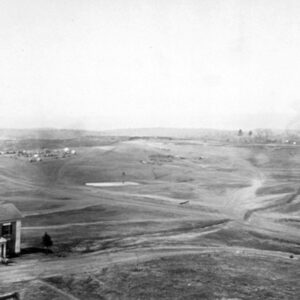
Image ID: ATZX
$0.99 -
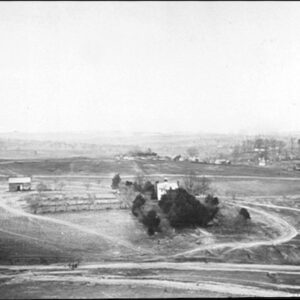
Image ID: ATZY
$0.99 -
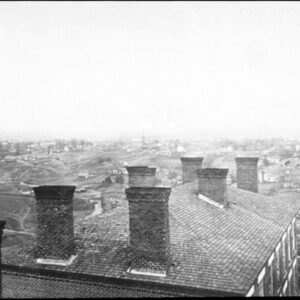
Image ID: ATZZ
$0.99 -
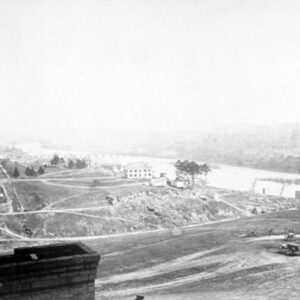
Image ID: AUAA
$0.99 -

Image ID: AUAB
$2.99 -
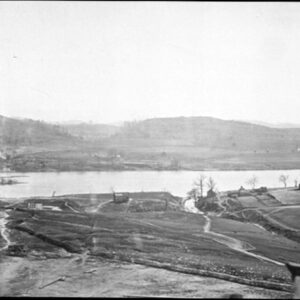
Image ID: AUAD
$0.99 -
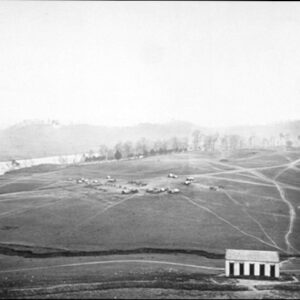
Image ID: AUAE
$0.99 -
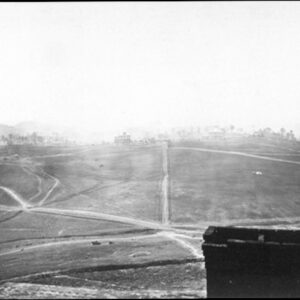
Image ID: AUAF
$0.99 -
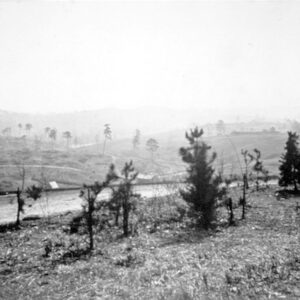
Image ID: AUAG
$0.99 -

Image ID: AUAH
$0.99 -
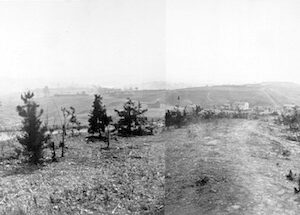
Image ID: AUAI
$0.99 -
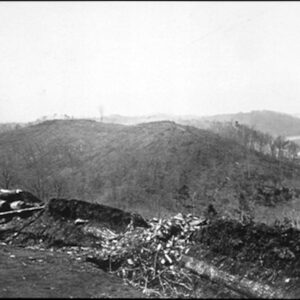
Image ID: AUAJ
$0.99 -
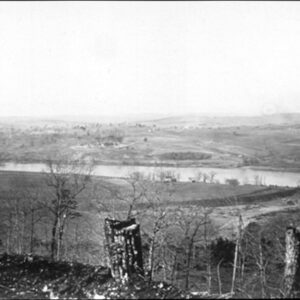
Image ID: AUAK
$0.99 -
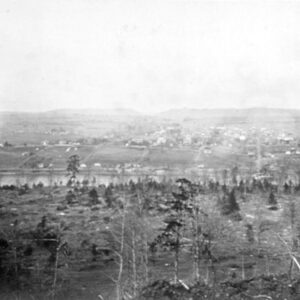
Image ID: AUAL
$0.99 -
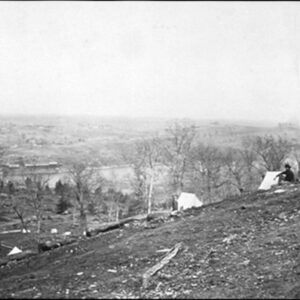
Image ID: AUAM
$0.99